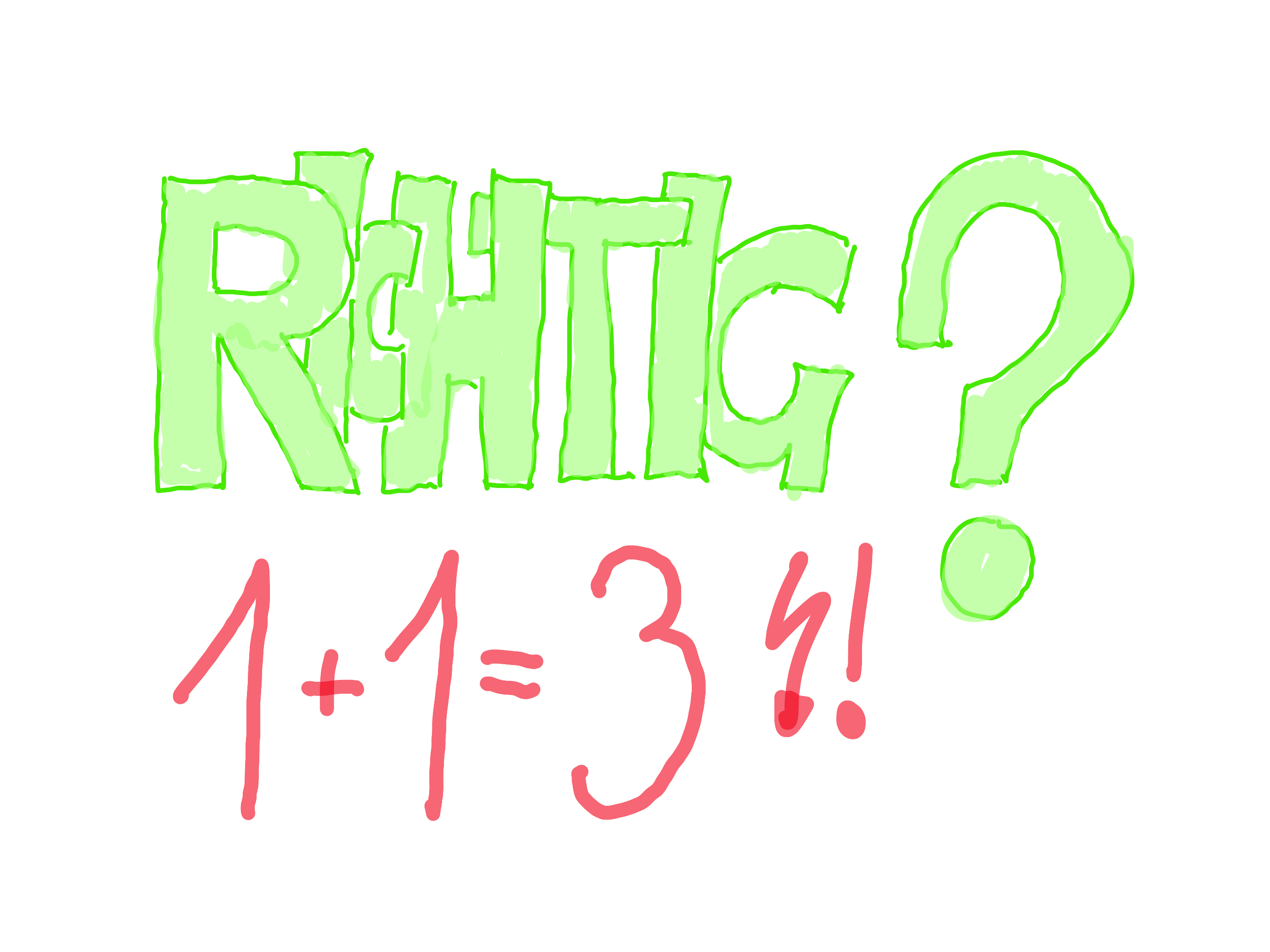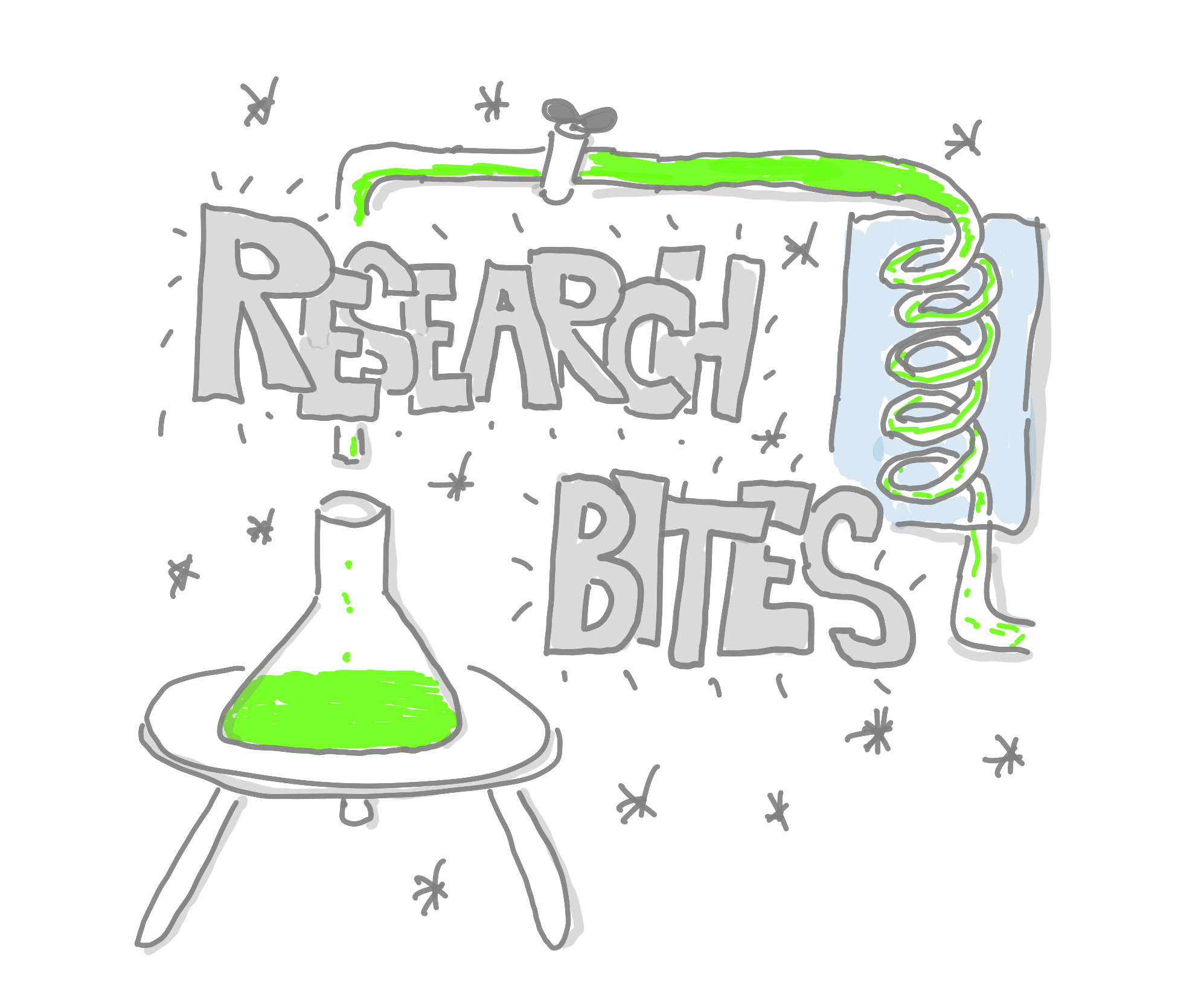I currently had the challenge to start implementation of an Enterprise Project Management Software in my company. As only few people had already expericence with that kind of software, I had to develop an approach to show people how the existing collaboration tools and sw fits together with the EPM tool. Here my thoughts. Comments highly welcome.
Introduction
Often, when the Project Management Office (PMO) is planning to implement an Enterprise Project Management Software (EPM), one find out, that already a lot of tool are in place to manage projects, their information and documents, manually or electronically. Schedules are stored in MS Project or drawn in Excel or Power Point, To Do lists are sent by eMail and stored locally or stored in a group directory in the corporate file system, letters to third party contractors are archived in folders or on piles somewhere on the project managers or a team members desk. If it comes to portfolio management or project status reporting, emails with attachments are sent around in certain revisions. In this situation it is useful to analyse based on a systematic approach, what kind of information should be processes and stored in the new tool and what information should be kept outside. One the one hand side, this analysis helps to communicate clearly in the the tool implementation phase and supports the change process. On the other hand side, this analysis is the basis for a successful implementation of an EPM tool itself, as it defines the content of the tool. If the borders are defined too broad, there is a risk, that the tool will suffer acceptance and training will be too complex when starting with the tool. If the borders are defined too narrow, there is a risk, that the benefit of the EPM tool will not fully pay out, as for example elements for good portfolio management are missing or benefits of centralized data storage are not fully exploited.
The following article will support this process of analysis by offering a concept framework to structure different information types. In a first step, different dimensions of information tpyes are described. Based on this structure, in a second step, a Project Information Portfolio (PIP) visualizes three different areas of information and is used as a basis to describe different areas of usage for different areas of information. As a ast step, some ideas about border setting for the information covered in an EPM tool are given.
Types of Project Information
To structure information types in projects it can be differentiated into two dimensions. The first dimension separates information based on for what purpose it is mainly used, which can be within the project by the project manager and project team or on a higher, more governance oriented level outside the project borders for steering the individual project or the project as a component of a program or portfolio. The second dimension splits the information based on its content type, if the information is project related or project management related.
1. General use of information
- Project Governance: These pieces of information are used within but also strongly outside the singe project for steering the individual projects on a higher level, like program- and project portfolio management. The information is mainly project master data information or project status information. Major target group is the Project Owner or Steering Committe on the Single Project Management level or the Portfolio Manager, Portfolio Owner/ Portfolio Management Team or other stakeholders.
- Project Collaboration: These pieces of information are mainly used within the project to deliver the expected result of the individual project. Major interest group is the Project Manager himself or the Project Team Members. The information enables the whole project team to execute the project.
2. Type of project information
- Project Management Information: This type contains all pieces of information, that are used mainly for managing the project. The information is strongly project independent and is similar across different project. This information is for example meeting minutes, action item lists, open issue lists, schedules with delivery status information, timesheets, etc.
- Project Content Information: This type of information contains all pieces of information, that are used to reach the specific project result. In technical projects this could be technical plans, construction plans, ingredients lists, recipies, letters to third party suppliers, contracts, etc.
Project Information Portfolio (PIP) and areas for EPM Software application
Based on the two dimensions, a portfolio can be built, structuring project related information into four areas. In the portfolio, three major types of information are existing: Project Master Data and Project Status Data, PM Working Data and Project Data and Documents (for details see figure 1). Based on this structure, the usage and coverage of different IT tools for project management can be discussed. Generally, I would like to separate between two types of IT tools for project management:
- EPM Tools: The so called Enterprise Project Management Tools focus on supporting the handling of the project management information of single projects, independent of the project type or content. On top, this single project information can be used to do Multi Project Management or Project Portfolio Management based on the Master Data and Status information of all projects in an enterprise. Examples for these tools are pure tools for planning and controlling single projects, like MS Project (Microsoft) or sophisticated solutions for managing the whole lifecycle of a single project incl. idea management, approvals, etc. up to a program and portfolio planning and control, like Clarity (computer Associates), MS Project Server (Microsoft) , Primavera, etc. They include components like a project master data databasem a workflow engine or a reporting engine.
- Collaboration tools: These tools are often not necessarily developed for a general purpose and not specifically for project management. Facilitating collaboration within groups, the systems allows to store documents set up group folders and allo other features like goup calenders, forums and other collaboration features. Examples are eRoom/ Documentum (EMC), Sharepoint (Microsoft) or many others.
Figure 1 gives an overview about the concept:
As shown in figure 1, each of the both tool types has its place in the management of projects, programs and portfolios. While collabotation tools, as the name mentions, focus on supporting the collaboration within a group, not necessarily always within a project, the EPM tools are specialized in managing Portfolio Governance. An overlap is in the area of supporting the Project Manager managing his individual project (team), where both types can be useful.
Tool Selection Decision
A decision, which kind of tool should be implemented in which area can only be decided on a case by case basis consiering the broader context. Several criteria should be taken into consideration:
- Need for systematic data to be collected on single project level to do multi project/ portfolio management.
- Trade of between freedom of individual project managers style to structure and set up a data storage against stadardizatiuon efforts.
- Users needs, habits and company culture (resistance against transparency, training requirements/ possibilites, etc.)
Often collaboration tools are already existing in the company, before a decision for an EPM tool is made. As historically a certain amount of PM Working Data is already stored in the Collaboration Tool and people are familiar with it, a systematic analysis has to be mad, where the system borders of both tools should be. The more Project Management Data you move from the unstructured storage of a Collaboration Tool to the structured database of an EPM tool, the better you can analyse and report aggregated information about project management in the company. On the other side, the more you need change efforts to make project managers and teams accept the new EPM tool.
Nevertheless, systematic structuring of all Project (Management) data is a very good basis for the tool decision and also for a sucessful implementation.
Your opinion and comments on these thoughts are highly welcome.








Leave A Comment